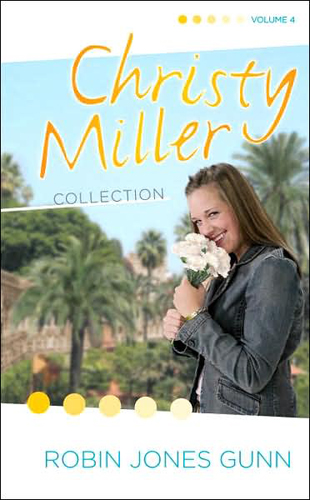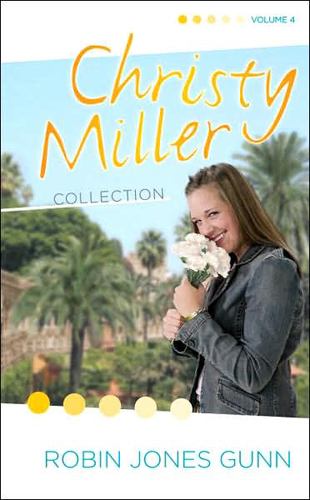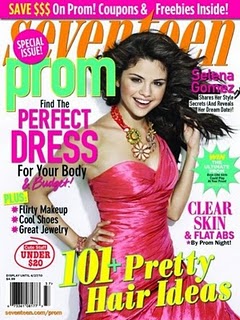This isn’t the way he envisioned using his Ph.D. in Sociology from Stanford. But after deciding he wasn’t going to be an academic after all, Lionel Chew brought his knowledge of sociology into the making of the feature film “long-distance princess” (in lower-case because it’s based on a screen name). The movie, which is a teen romance and comedy, finished post-production earlier this year. His goal is to fill a void in values-based movies geared toward youth.
“There’s a dearth of movies that communicate something meaningful to today’s teens, and I want to fill that gap,” offers Chew, who is also a licensed minister. Dr. Chew was nice enough to take time to answer my questions.
Hollywood movies overwhelmingly seem geared toward teenagers. What is it
that makes movies like the “Twilight” series so powerful for kids in that age
group?
In general terms, I think the producers have tapped into the teens’ collective
psyche. They’ve provided vehicles for them to experience vicariously emotions
and lifestyles that are either forbidden or inaccessible. Or they’ve crafted
a statement that validates the youths’ thoughts and longings. It could also
be those things in tandem. But as for Twilight, specifically, I think it’s a
unique phenomenon. I believe several factors work together to make the series
powerfully attractive to teens (or at least to the girls): 1) A
pre-legitimation before it hit the big screen thanks to a devoted fan base of
its books; 2) An attractive and believable lead actress who successfully
embodies a readily identifiable, every-girl persona; 3) Good-looking,
co-leading males, with sculpted physiques to tantalize the girls’ awakening
sexuality; 4) Dramatic tension in the possibility of being destroyed by a
ruthless vampire clan as well as the uncertainty of which of the two male
friends of the lead character, Bella, will eventually win her love; 5) The
vicarious experience of being passionately desired and pursued with an undying
and unconditional love by Bella’s two suitors; and 6) The novel idea that
there are actually such things as not only vampires and werewolves but also
good ones.
What differences do teenagers and adults have in the way they see movies?
Why do teenagers so often want to see the same thing — often the same movie
— over and over?
I’ve observed that usually adults are so much more cynical and critical than
teenagers. In the socialization process, adults are conditioned to think
analytically and professionally and to have professional taste. So it is with
movies. Everyone’s a film critic. I believe it’s also a natural part of the
cognitive maturation process. Adults have been exposed to so much stimuli
throughout their life spans that the mind has been trained to focus
selectively on and retain only that which is essential and non-processed.
What is tangential, trivial or already similar is dismissed in mili-seconds.
As for movies, very few things seem novel. What is new is processed quickly
into already established and comfortable interpretive categories. Then the
adult mind immediately moves on to more important things, like figuring out
whether to get the sedan or minivan. On the other hand, teens (and those
younger) are open to boatloads of stimuli as new. They’re like sponges.
Beside the cognitive, on the emotional level they enjoy things that they can
identify with and seem cool. They can relive those experiences again and
again as a form of positive self-reinforcement. Resolving narrative tension
is not nearly so important as affirming cultural identification. “Yeah, I
know what happens, so what? It’s awesome!!” And movies that resonate with
them also foster a sense of stability and familiarity at an age and in a world
wrought with tumultuous changes. They offer a rare level of security and
comfort as the teens endure an often very uncomfortable stage of life.
What does studying sociology help you understand about teenagers?
One thing that my sociological perspective has helped me understand is the
significance and prevalence of status. One of my areas of focus while at
Stanford was social stratification, which happens in all groups and in all
areas of life. So, naturally, I’m alert to its presence and dynamic. And
teens are also very sensitive to it. That’s why in junior highs and high
schools everywhere cliques are not only ubiquitous but also very well-defined.
And just about everybody knows who the high status, mid-status and low status
cliques are. And if you don’t, you’re probably on the bottom. In
“long-distance princess,” I do highlight this, but also poke fun at it,
because, in my opinion, everyone’s a little too obsessed with it, if not
consciously then subconsciously. A large part of the main character’s quest
is not just seeking love but breaking rank.
Why do you think so few movies communicate meaningfully to teenagers?
Most Hollywood executives are not out to communicate but to market. Money,
aka the prohibitive cost of making and marketing a film, so dominates the
landscape that executives–the money men–have reign of the regime and not the
artists, visionaries nor auteurs, of whom the latter are now industry relics.
Studios can’t afford to take risks on niche movies that don’t have obvious
mainstream allure. And, so they make movies that appeal viscerally with the
lowest common denominators (explosions, skin, weed, 3D, etc.) to fill seats in
the theaters.
What were your favorite movies when you were a teenager?
Wow, I’m not sure if I should admit this! But my favorites were “Star Wars,”
“Close Encounters of the Third Kind,” and, yes, “Saturday Night Fever.” The
one that has influenced my filmmaking perspective today (at least consciously)
would be “Star Wars,” only because I know that its creator, George Lucas,
wrote the script, paying careful attention to employ hero myths that were
supposedly embedded in our collective subconscious. Similarly, when I wrote
“long-distance princess,” I purposefully employed common themes and motifs
underlying the princess archetype.
How did the idea for the “long-distance princess” come about?
I wanted to reach teens with something positive and affirming, knowing that
most Hollywood fare hasn’t been meeting this need. Teens today are assailed
by so many confusing messages and, given today’s post-modernized milieu of
morals in flux, aren’t sure where to turn. So they depend on their peers and
the media to be arbiters and gatekeepers of mores and style, however
unqualified. This creates a vacuum of positive messages and models and a
misguided glorification of the material, physical and superficial. The
pressure to conform to the resulting draconian social norms is paralyzing.
It’s not surprising that tragically the teen suicide rate in our nation has
been rising, especially among girls . To combat all this, I purposed to make
a movie that showed that someone cares about them and their struggles and that
ethics and convictions are still powerfully relevant. I also wanted to let
them know there’s real hope.
What were the most unexpected challenges you faced in making the film?
It was the difficulty of post-production. We had unforeseen equipment and
compatibility issues with the footage and editing system in the beginning and
middle of the process that nearly scuttled the project as well as my sanity.
Eventually, after endless hours of consultation with various “experts” and
simple, blind experimentation, all of it was finally resolved, which I really
consider a minor miracle. I’m just glad I can now communicate with you here
instead of some half-way house.
What is your favorite scene in the movie?
Ah, so hard to chose, when after all, all of it’s your baby. I’ll need to
choose among those that won’t give away the movie, but I’d say it’s the scene
at the beach where the two lead characters, Lisa and Todd, share their deepest
dreams. It sounds cliche, but I feel their exchange is poignantly real.
Overlooking the gentle roll of the ocean, they pine for those things that seem
hopelessly idealistic. Yet, they’re so earnestly honest. They give each
other a chance to peek into the most treasured part of themselves, and this is
when their hearts really start to touch.
What do you want to do next?
Right now, I’m working hard to attract the attention of potential distributors
for the movie by building interest and momentum. As for fan reaction, it’s
been great! Teens at preview screenings have gotten so into it that they’ll
actually shout things at the characters on the screen or scream in excitement
at certain parts. Obviously, I wanted the movie to connect with them, but,
honestly, I was really surprised it happened to this extent. And the parents
who’ve seen it have also been quite positive. This has really convinced me to
try to secure a wide, theatrical release. As for future films, I’ve got a lot
of ideas on the easel. But I’d like to give audiences the chance to
experience this one first.




